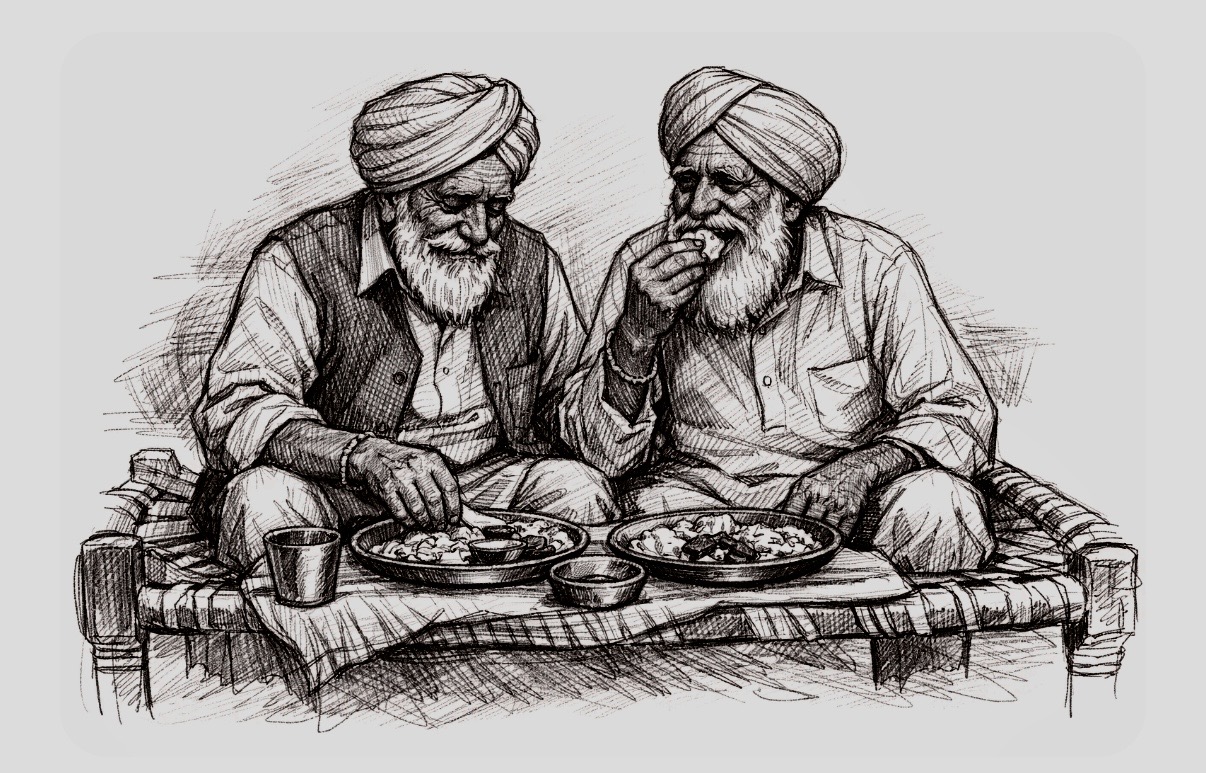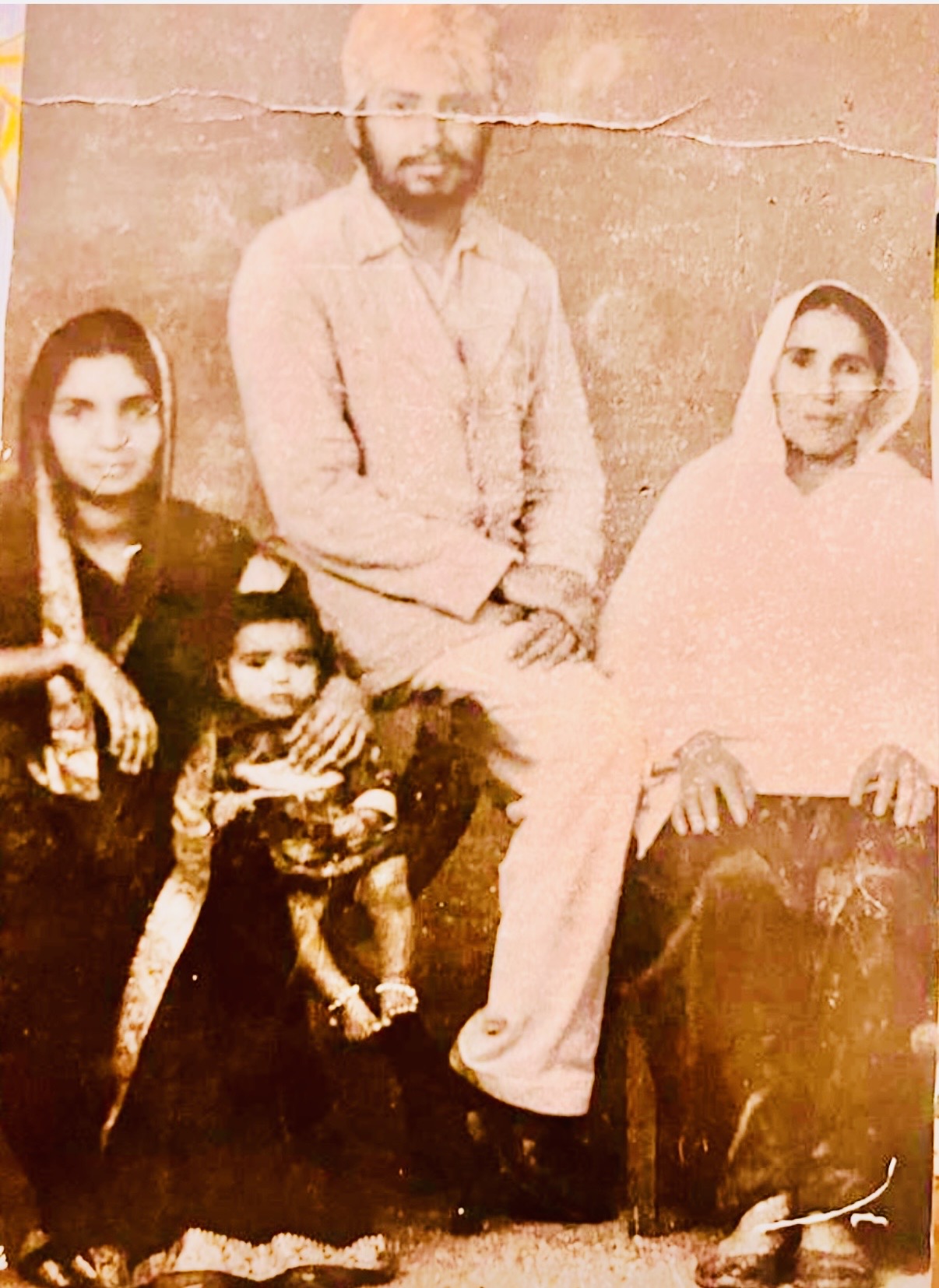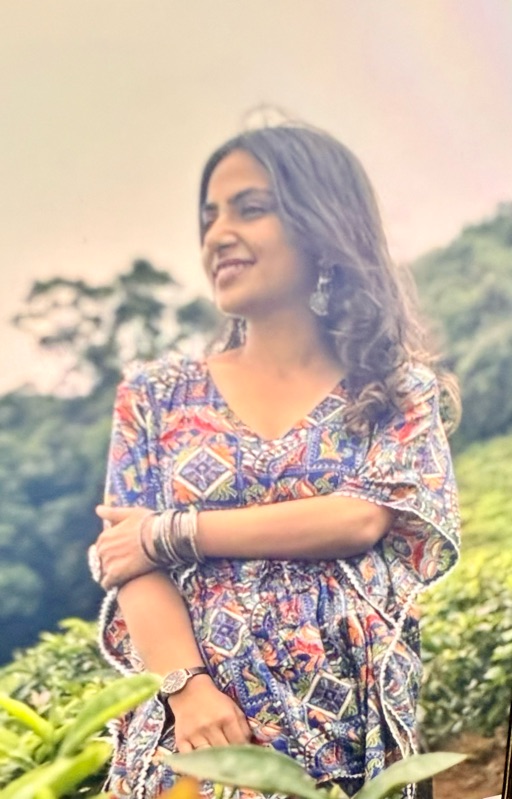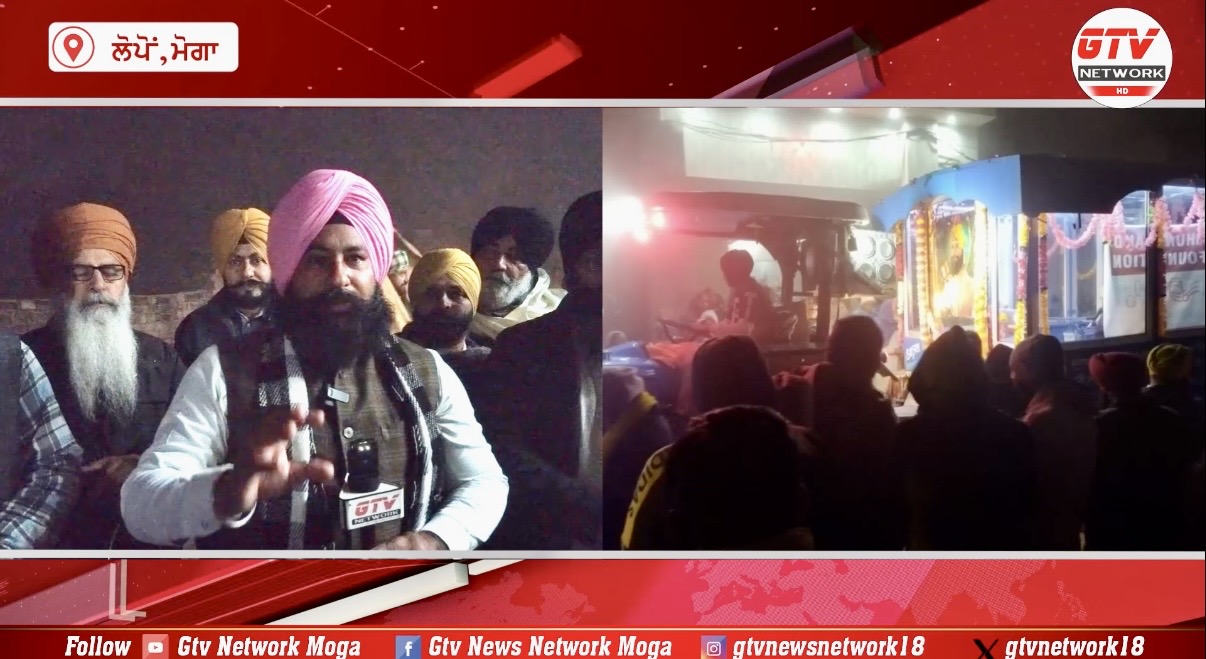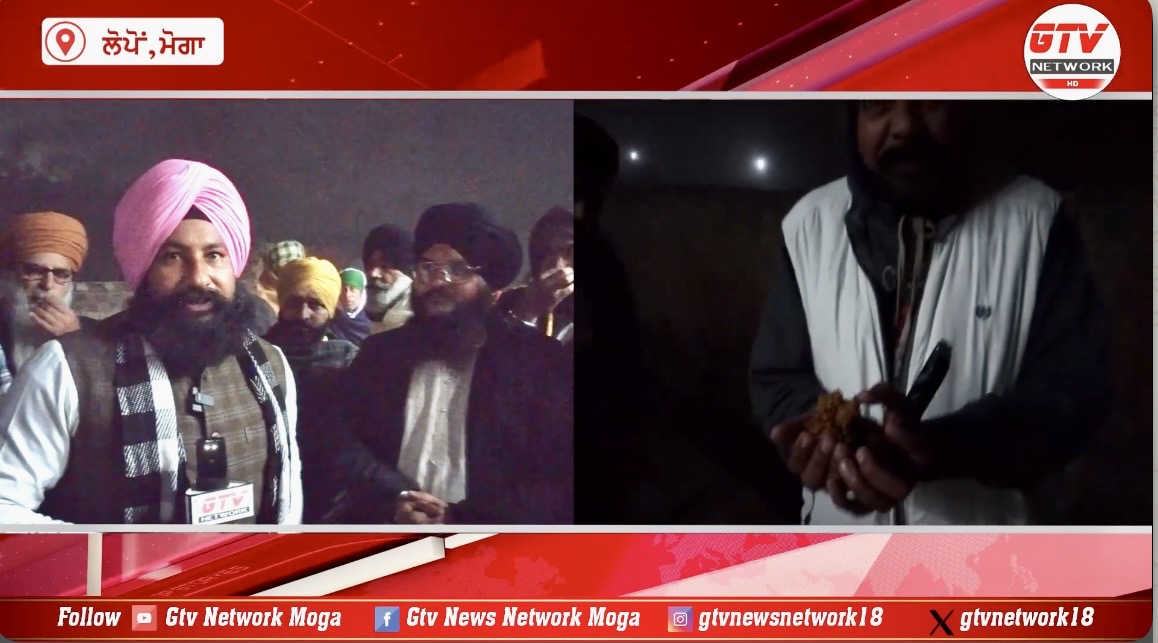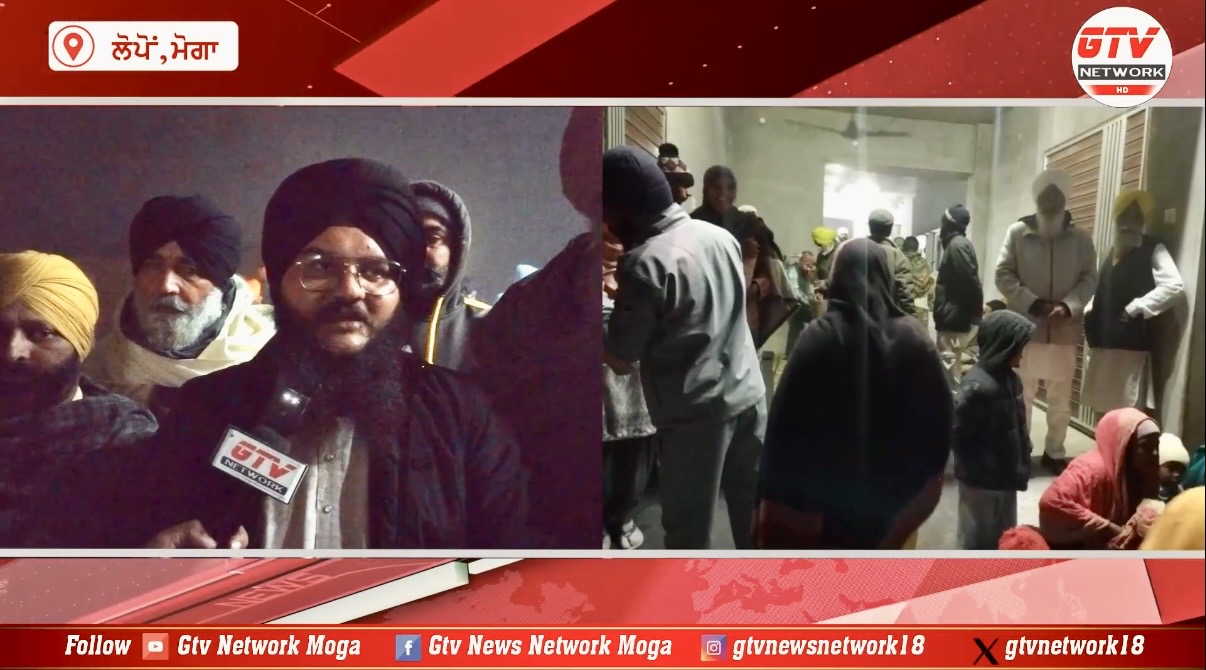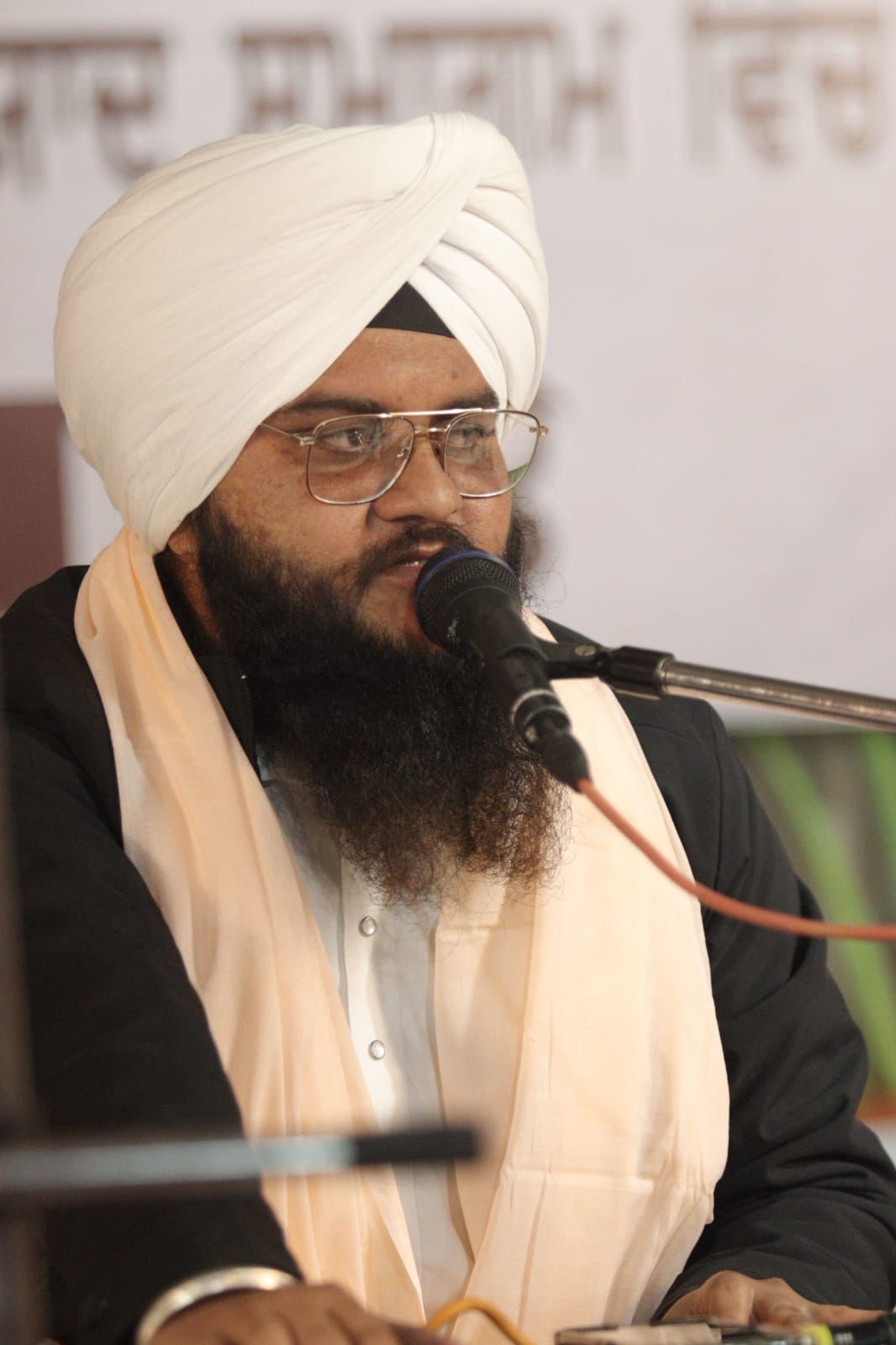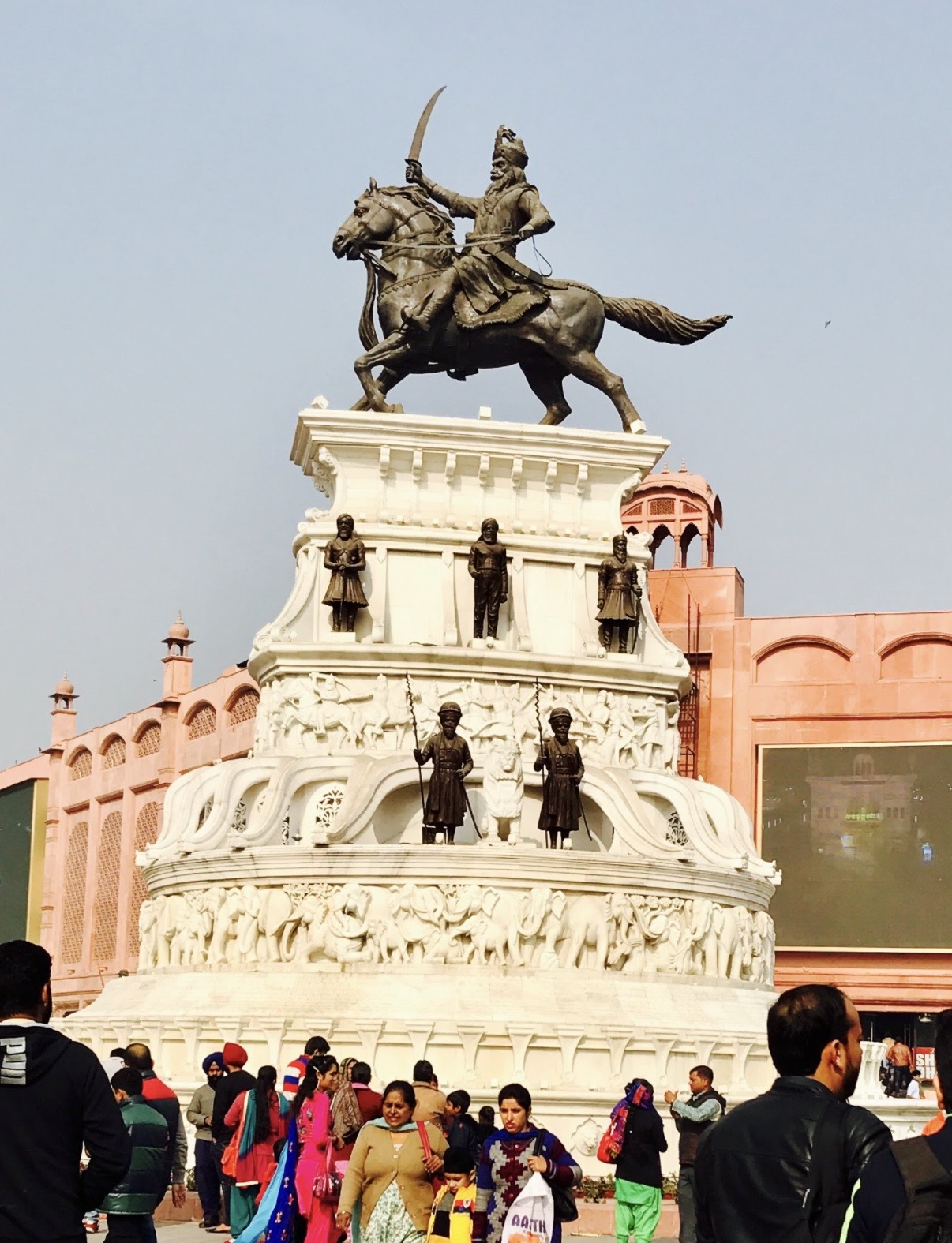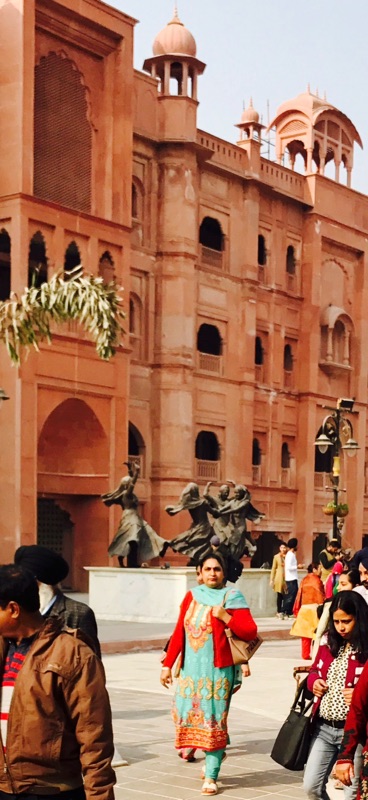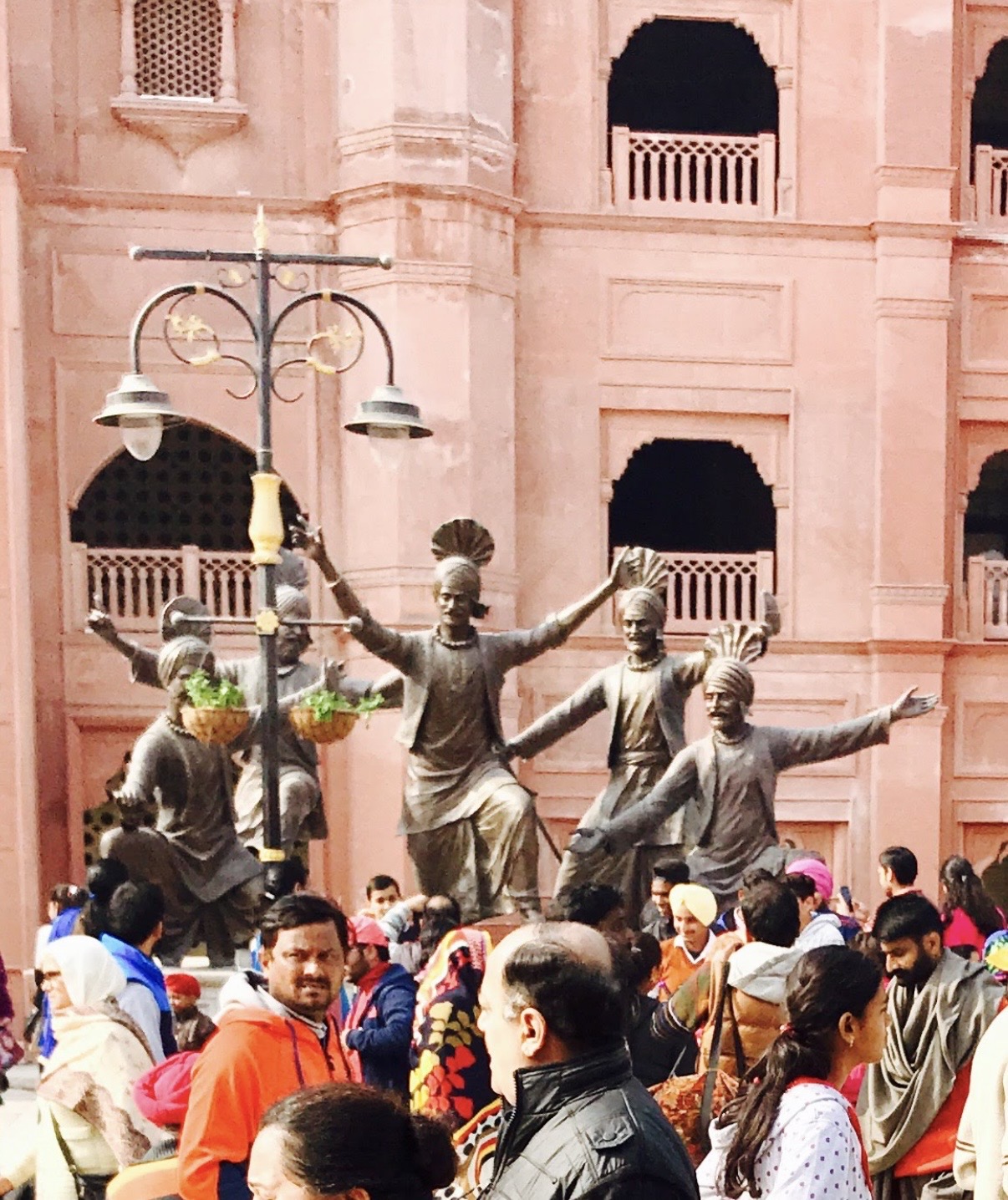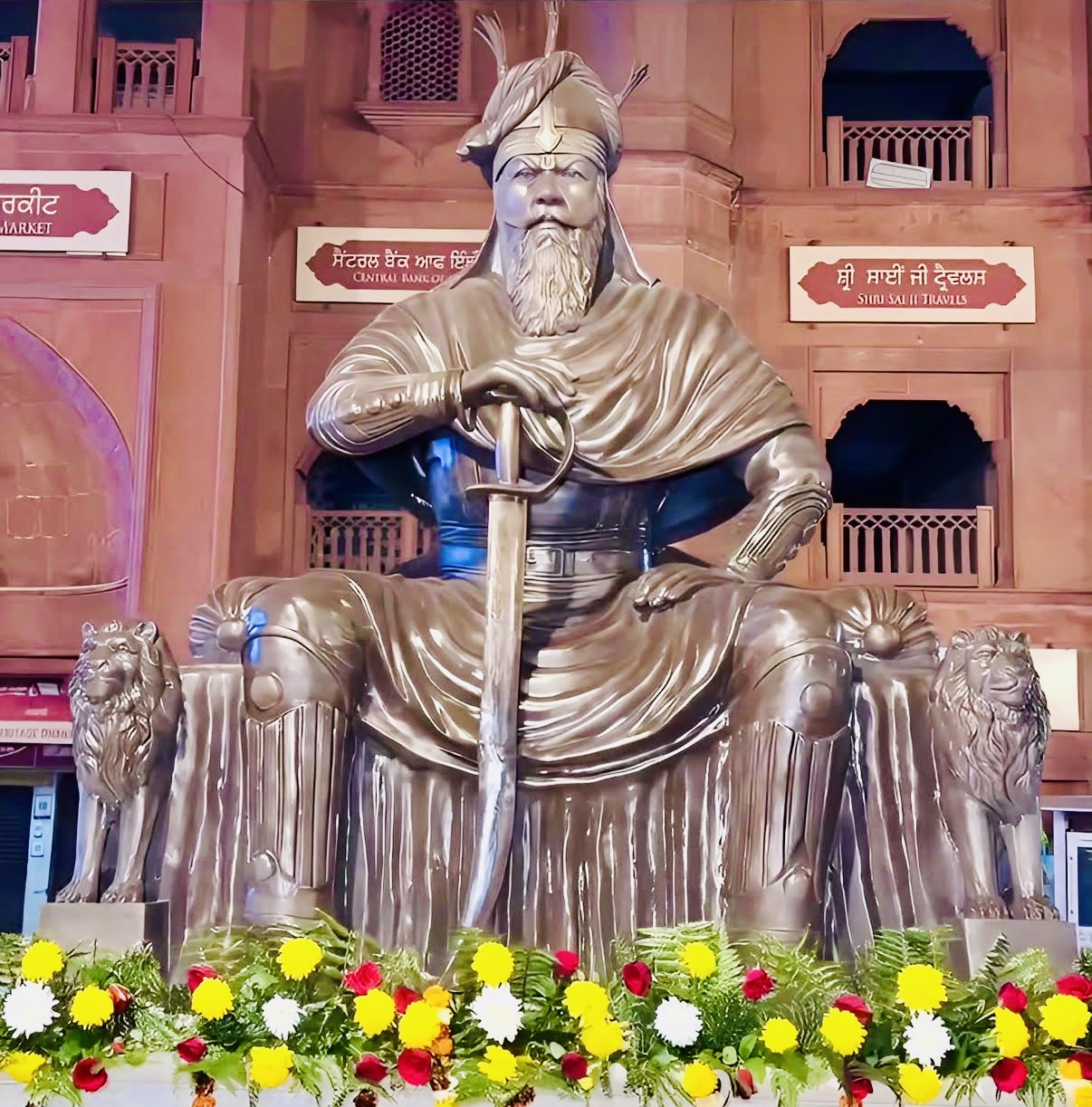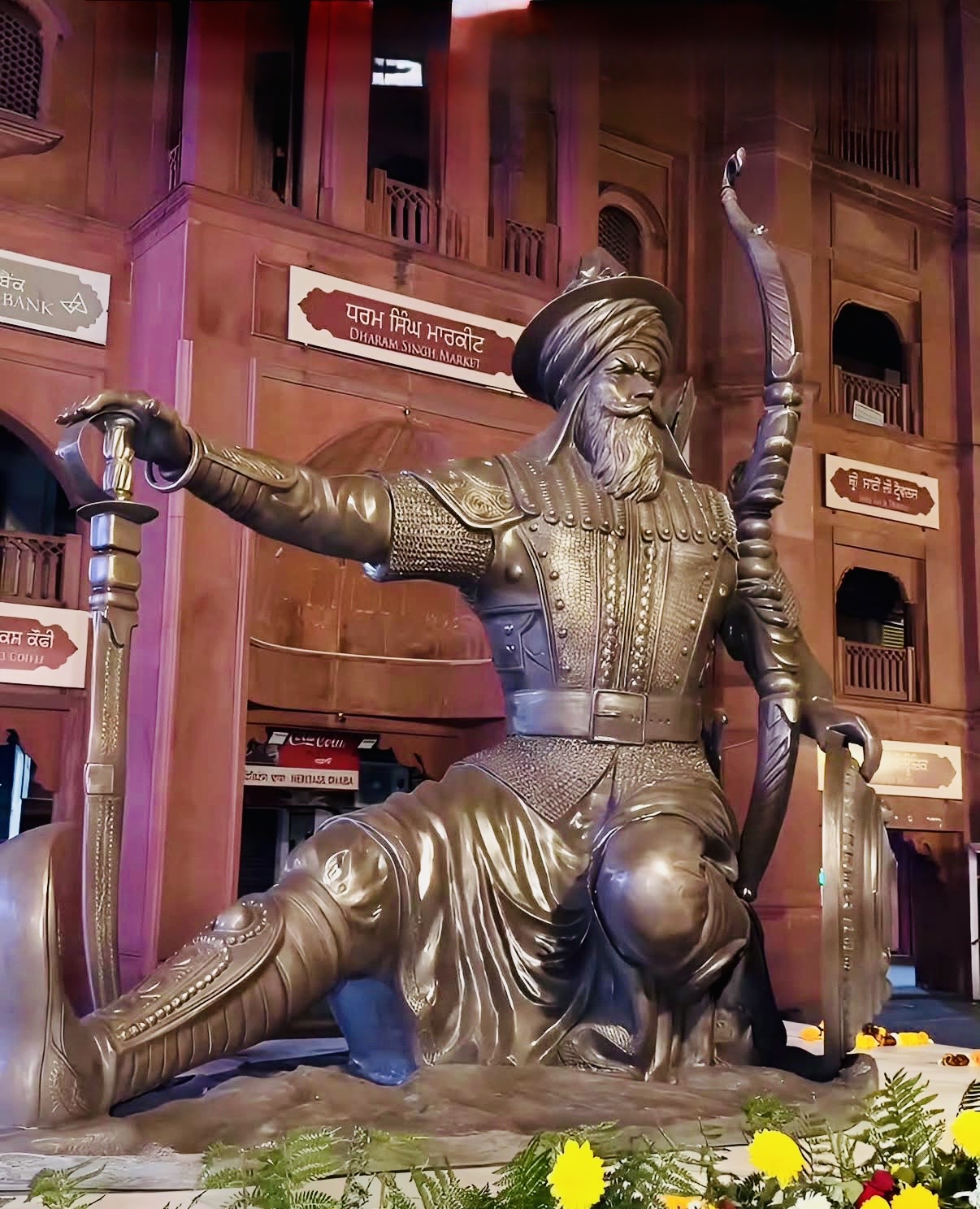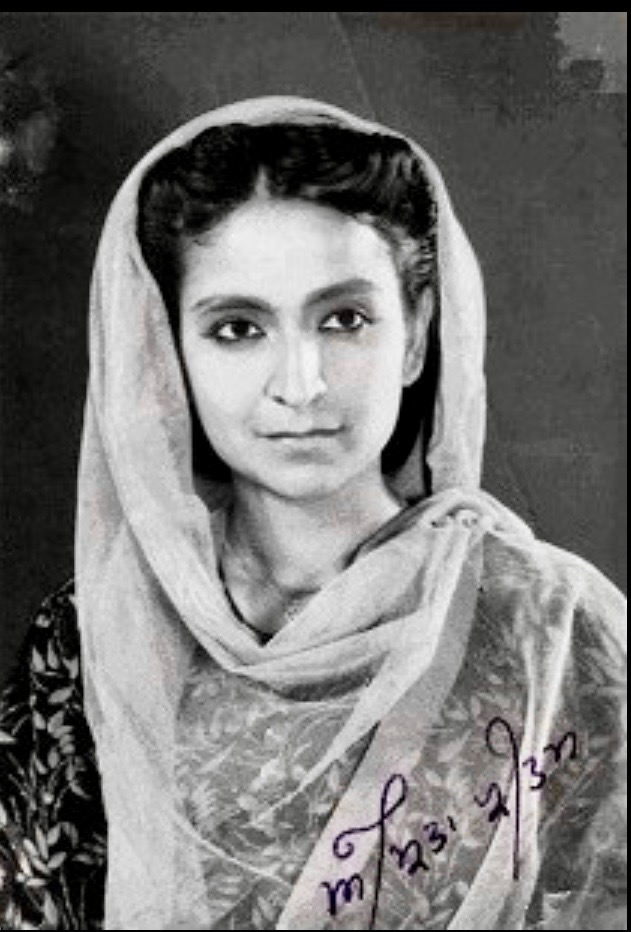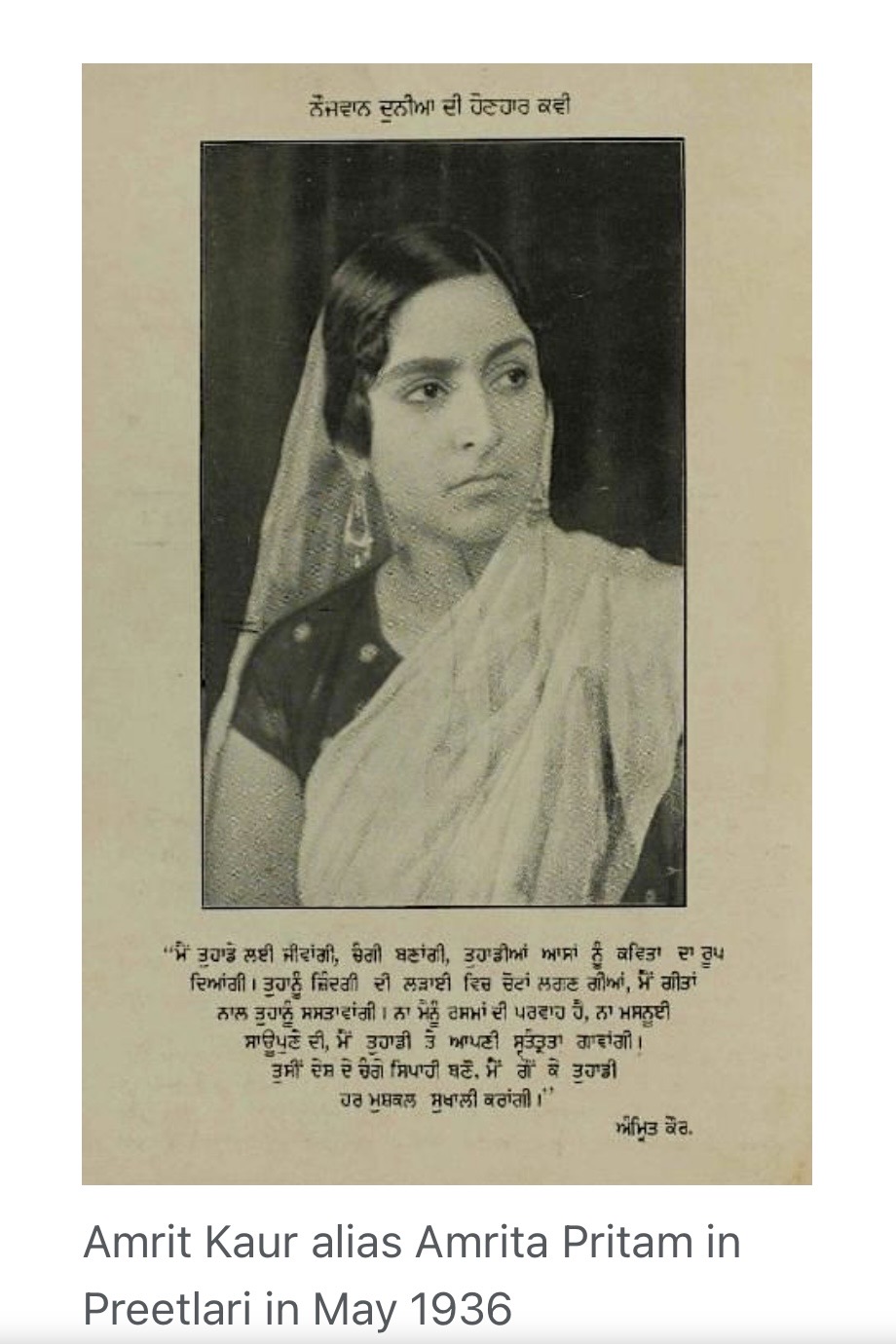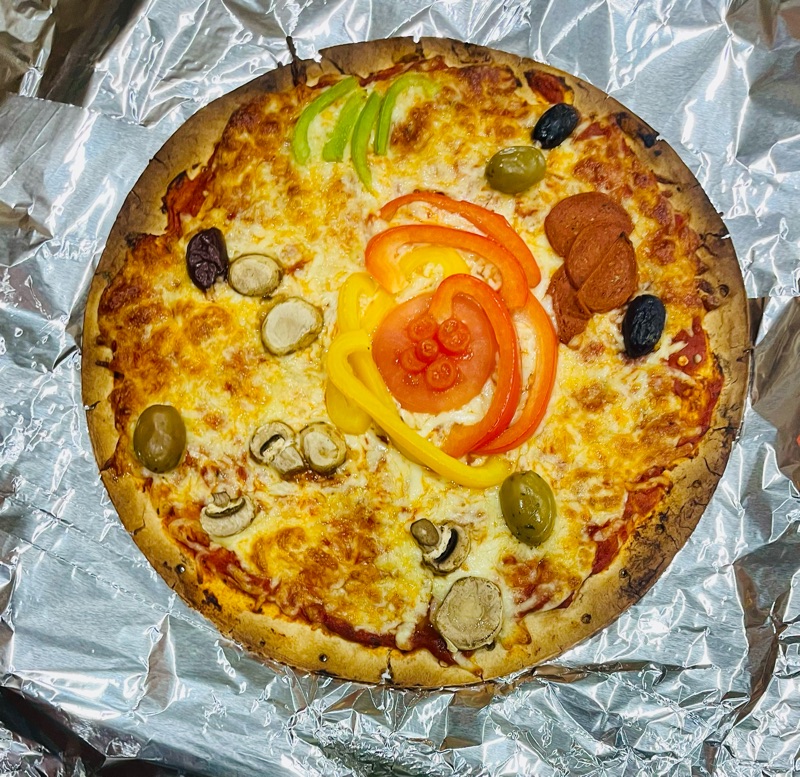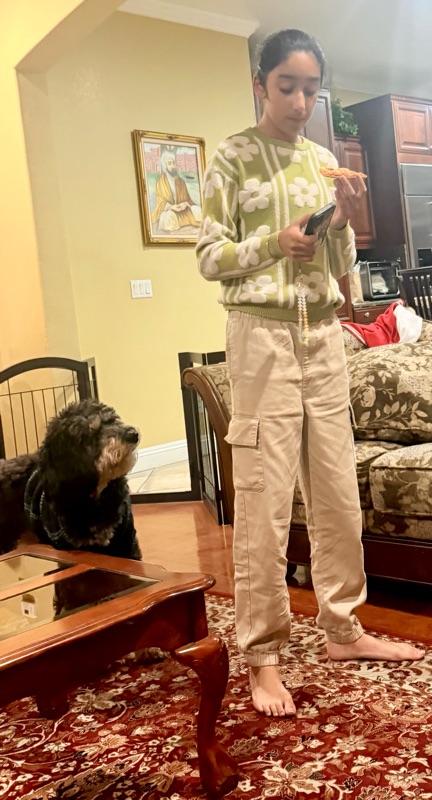I have always enjoyed pencil sketching as a hobby. After migrating to the USA and having more time in 1991, I first sketched a portrait of Sri Guru Nanak Dev Ji, followed by one of Sri Guru Tegh Bahadur Ji. Naturally, I felt inspired to complete the series by creating a sketch of Guru Gobind Singh Ji as well.
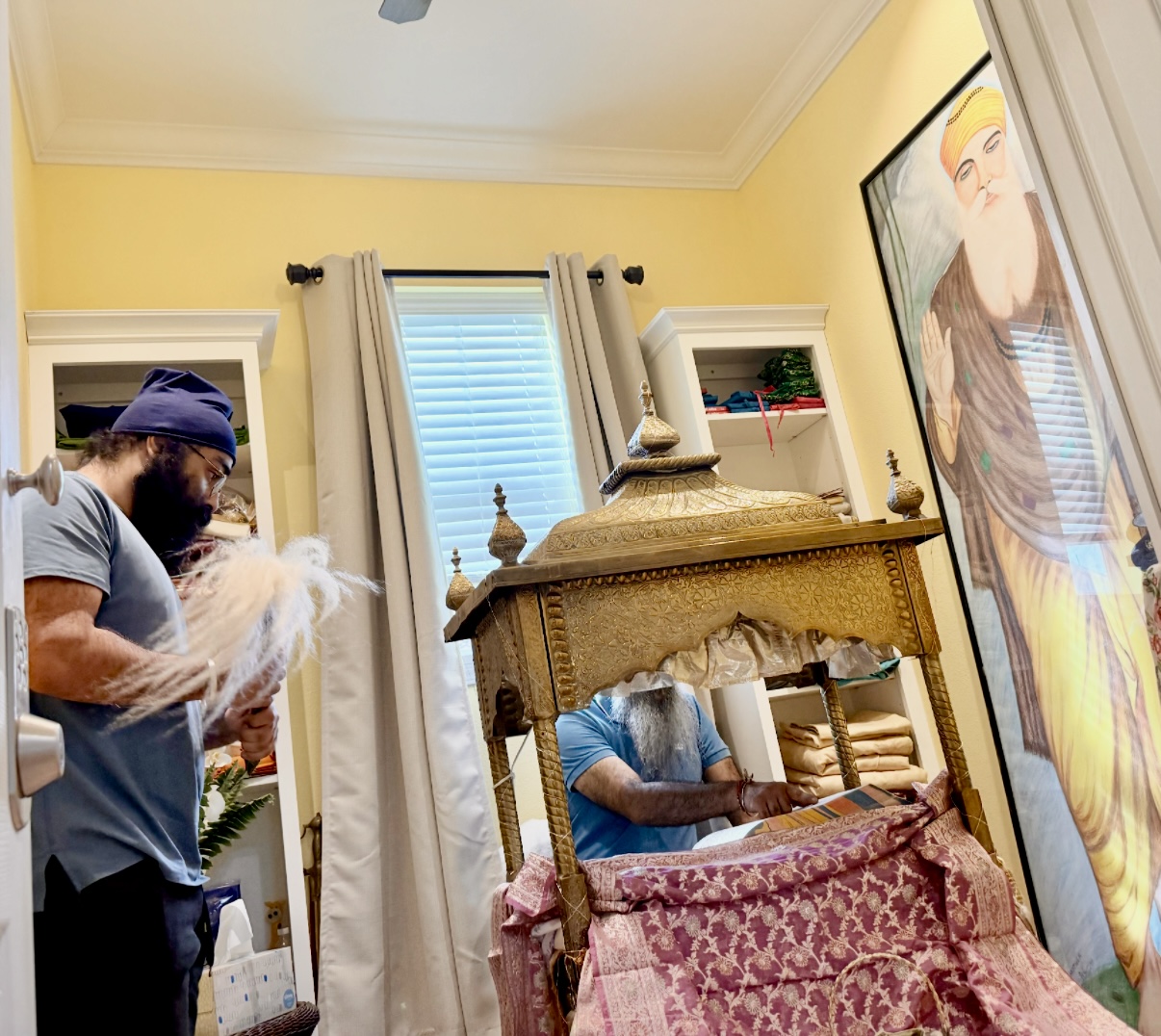
Guru Nanak Dev ji as sketched in 1991
While exploring different possibilities, I researched various historical references and artistic depictions. Eventually, I came to the conclusion that the most meaningful scene to sketch would be the moment when Guru Gobind Singh Ji escaped from the clutches of the Mughal forces at Machhiwara. This powerful and symbolic episode is described in the story reproduced below, and it formed the basis of my artistic interpretation.
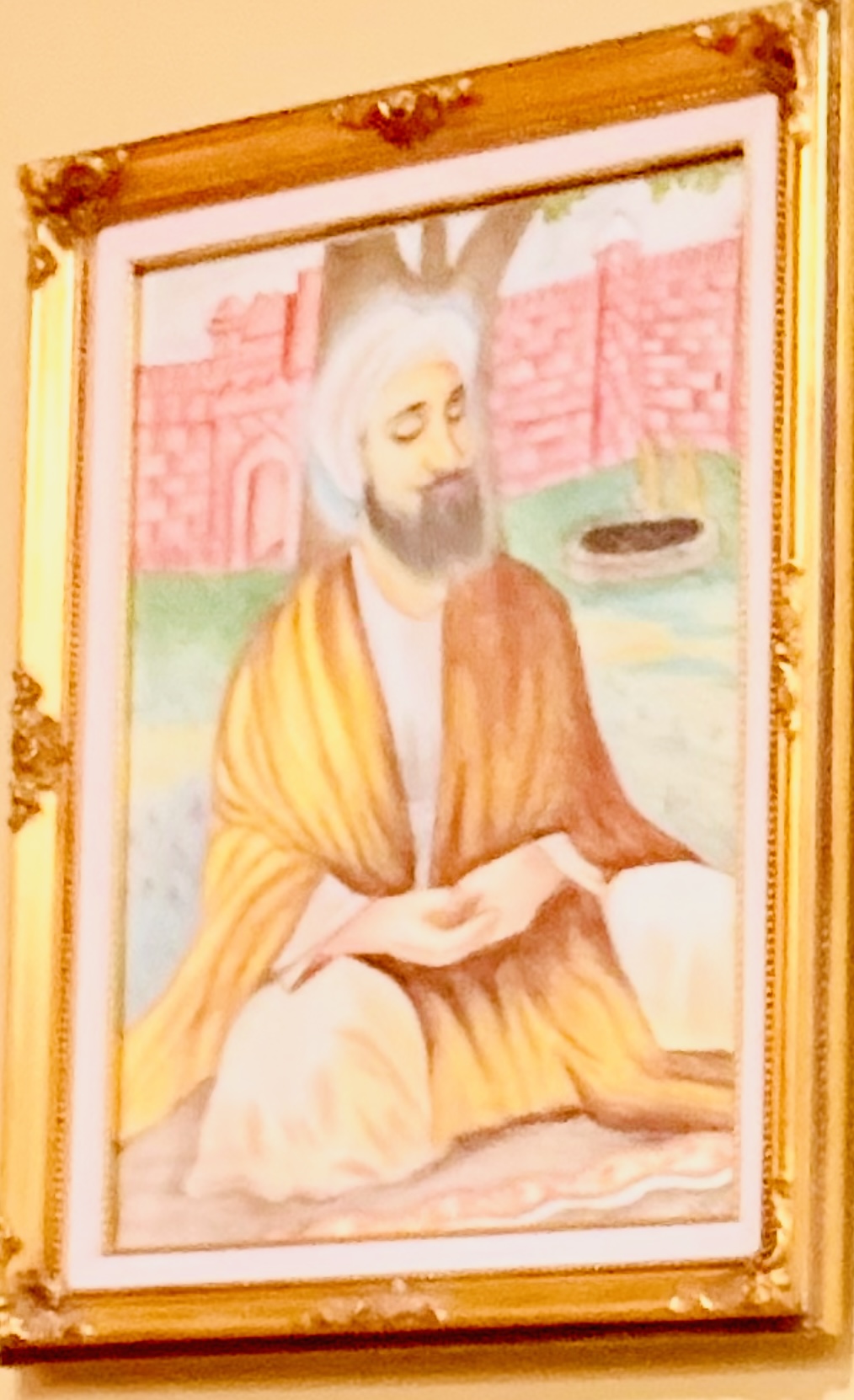
Guru Teg Bahadur ji sketched in Mar 1993
Sakhi of Guru Gobind Singh Ji’s Escape Through Machhiwara
Amid the harsh and bitter days of Poh, a difficult and turbulent period in Sikh history, a well-known sakhi describes the escape of Dasam Paatshah, Sri Guru Gobind Singh Ji, after the battle of Chamkaur (1705). While some consider portions of this narrative exaggerated or embellished, others uphold it as a cherished testament to Guru Sahib’s grace and the loyalty he inspired in people of all backgrounds. The story continues to be told because of its deep emotional and spiritual resonance for many Sikhs.
According to the tradition, after fiercely resisting the Mughal onslaught at Chamkaur Sahib, Guru Gobind Singh Ji withdrew into the dense forests of Machhiwara. There, his steadfast companions—Bhai Daya Singh, Bhai Dharam Singh, and Bhai Man Singh—managed to rejoin him while Mughal patrols scoured the region in pursuit.
At Machhiwara lived Gulaba, an elderly masand and devoted follower of Guru Sahib. Recognizing the danger, he quietly sheltered the Guru and his companions in his humble home. But within days, reports came that Mughal soldiers were going door to door searching for the Guru. Gulaba realized that, however deep his devotion, his home could no longer guarantee safety. A daring plan needed to be made.
At this moment, two Pathan brothers of Machhiwara—Ghani Khan and Nabi Khan—entered the scene. They were horse dealers by trade and admirers of Guru Gobind Singh Ji, whom they had previously met at Anandpur Sahib while supplying high-quality horses. When they heard that the Guru was hidden nearby and in grave danger, they immediately came forward to offer their loyalty and service.
Together, Gulaba, the Pathan brothers, and the Sikh companions formulated a plan to smuggle Guru Sahib out before Mughal forces could close in. A devout old woman, who had been weaving a blue cloak with the hope of gifting it to Guru Sahib someday, offered the garment—blue being the colour traditionally associated with Muslim saints.
Guru Gobind Singh Ji was dressed in these blue robes, appearing as a Muslim holy man, and placed inside a palanquin with heavy curtains shielding the interior from curious eyes. The brothers Ghani Khan and Nabi Khan took the front poles of the palanquin, while Bhai Dharam Singh lifted the rear. Bhai Daya Singh respectfully waved a chaur sahib, as would be done for a revered pir.
Whenever stopped by Mughal patrols, the bearers would declare, “Uchch da Pir!”—the holy man of Uchch, a historic centre of Muslim spirituality in southwest Punjab. The soldiers, hearing the name, would bow in reverence and let the group pass unquestioned.
Thus protected by the devotion of Sikhs and Muslims alike, Guru Gobind Singh Ji was safely escorted through Machhiwara and onward to Nehar/Hehrari near Raikot. There, another group of Sikhs took charge. Before parting, Guru Sahib blessed Ghani Khan and Nabi Khan and issued a hukamnama, praising their service and affectionately calling them “as sons to me.”
For generations, the brothers’ descendants revered this hukamnama as their most precious possession, even after the family migrated to Pakistan during the Partition of 1947. Their ancestral house in Machhiwara now stands as Gurdwara Uchch Da Pir, also known as Gurdwara Ghani Khan Nabi Khan, commemorating this episode.
A translated excerpt from the hukamnama reads:
“Let the Sikhs know that Ghani Khan and Nabi Khan are as sons to me.
They have saved me.
Whoever serves them shall be blessed.
Service rendered to them is service rendered unto me.”
Whether interpreted as literal history or spiritual narrative, the sakhi remains a powerful reminder of the loyalty, unity, and divine grace that marked Guru Gobind Singh Ji’s difficult journey through Machhiwara.
